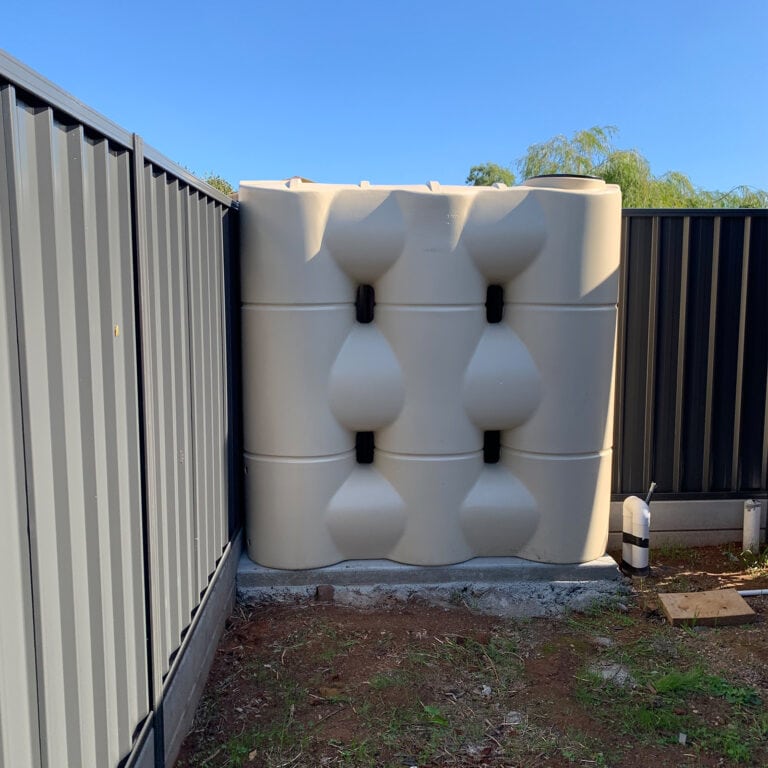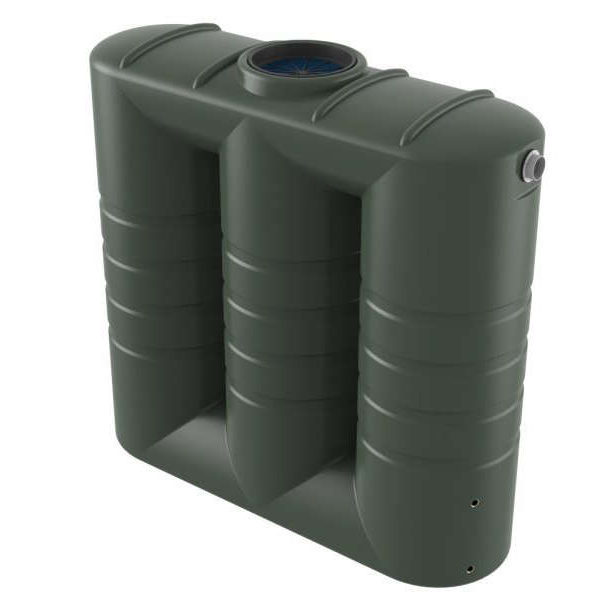Finest Slimline Water Tanks: Sturdy and Compact Water Storage Options
Finest Slimline Water Tanks: Sturdy and Compact Water Storage Options
Blog Article
Recognizing the Significance of Rainwater Tanks in Drought-Prone Regions for Water Protection
In regions prone to long term droughts, the duty of rainwater storage tanks in boosting water security is a topic of expanding significance. As neighborhoods grapple with the obstacles of water deficiency, recognizing the importance of these containers goes past mere collection of rainwater. Rain containers function as a crucial tool in reducing the effect of water shortages by offering a sustainable resource of water for numerous demands. The real worth of rainwater containers extends much beyond simple storage; it encompasses resilience-building steps and the promotion of long-term water conservation strategies. This multifaceted approach to water safety and security warrants a closer exam of the duty rainwater tanks play in ensuring a dependable supply of water during times of dry spell.
Benefits of Rain Tanks
Using rain tanks supplies a sustainable service for augmenting supply of water and enhancing water safety and security in household and industrial settings. One of the key benefits of rainwater containers is their ability to lower dependency on mains water system. By recording and keeping rain that falls on rooftops, this alternative source can be used for various non-potable purposes such as irrigation, flushing bathrooms, and washing garments. This not only conserves cured alcohol consumption water but likewise decreases water costs for customers.

Rainwater Harvesting Methods
Rainwater harvesting strategies include a variety of methods designed to efficiently gather and keep rain for different functions, adding to water preservation and sustainability. One typical technique is the installation of roof catchment systems, where rainwater is gathered from the roof of a structure and guided to a tank. This method is relatively straightforward and economical. One more popular technique is the use of above-ground or underground tank to store rainwater for later usage. These containers can be found in various dimensions and materials to suit various requirements and can be linked to the existing plumbing system for easy gain access to.

Furthermore, rainfall gardens and absorptive pavements are innovative methods that involve landscape design or paving surfaces in such a way that enables rainwater to percolate into the ground, renewing groundwater gets. Furthermore, contour farming and terracing are agricultural techniques that assist capture rainwater and avoid dirt erosion in sloping terrain. By executing these varied rainwater harvesting techniques, neighborhoods can improve water safety and resilience in drought-prone areas while promoting sustainable water monitoring practices.
Relevance of Water Security
Ensuring trustworthy accessibility to tidy and sufficient water resources is paramount for maintaining human wellness, economic growth, and environmental health. Water safety and security is an essential aspect of societal resilience, specifically in areas vulnerable to droughts and water deficiency. Ample water safety incorporates different dimensions, including availability, quality, and accessibility of water for residential, agricultural, industrial, and ecological requirements.
Water protection plays a vital duty in advertising public wellness by decreasing the prevalence of waterborne diseases and making certain sanitation centers. Financially, water safety is crucial for agricultural productivity, industrial procedures, and total economic growth. Slimline water tanks. Water safety is carefully connected to ecological sustainability, as it sustains communities, biodiversity, and total eco-friendly equilibrium.
In drought-prone regions, water safety and security comes to be a lot more crucial because of the enhanced threat of water shortages. reference Executing strategies like rain harvesting, water recycling, and reliable water management methods can significantly boost water safety and security in these locations. By focusing on water security, neighborhoods can much better stand up to the effects of climate adjustment, population development, and various other difficulties that endanger water schedule.
Enhancing Water Resilience
With boosting worldwide water obstacles, constructing strength in water supply has become a crucial focus for sustainable advancement efforts. Enhancing water durability involves executing strategies to ensure weblink water schedule and top quality when faced with altering ecological problems, such as dry spells, floodings, and contamination.
One key aspect of improving water resilience is promoting the usage of rain storage tanks in drought-prone areas - Slimline water tanks. Rain tanks work as an effective methods of recording and keeping rainwater for later usage, reducing reliance on limited freshwater sources throughout dry durations. By incorporating rainwater harvesting systems into water monitoring plans, areas can boost their capability to stand up to water scarcity and preserve water safety and security

Lasting Water Preservation
In the middle of intensifying water obstacles, the sensible management of water resources with lasting conservation techniques is imperative for making sure long-lasting environmental security and social wellness. Lasting water preservation entails the efficient usage of water sources to satisfy existing needs without endangering the capability of future generations to satisfy their own needs. By executing strategies such as rain harvesting, greywater recycling, and water-efficient modern technologies, neighborhoods can decrease water waste and reduce stress on freshwater resources.
Furthermore, sustainable water conservation practices add to ecosystem wellness by maintaining sufficient water levels in rivers, lakes, and marshes, supporting biodiversity, and protecting check my blog natural habitats. These practices also play a vital role in mitigating the impacts of climate modification by helping to adjust to altering rainfall patterns and water schedule.

Verdict
In verdict, rain tanks play an important function in improving water security and strength in drought-prone regions. By using rain harvesting techniques, neighborhoods can minimize their reliance on traditional water resources and promote lasting water conservation practices. This not only helps alleviate the effects of water shortage during droughts however also adds to lasting water security and resilience in the face of climate adjustment difficulties.
Report this page